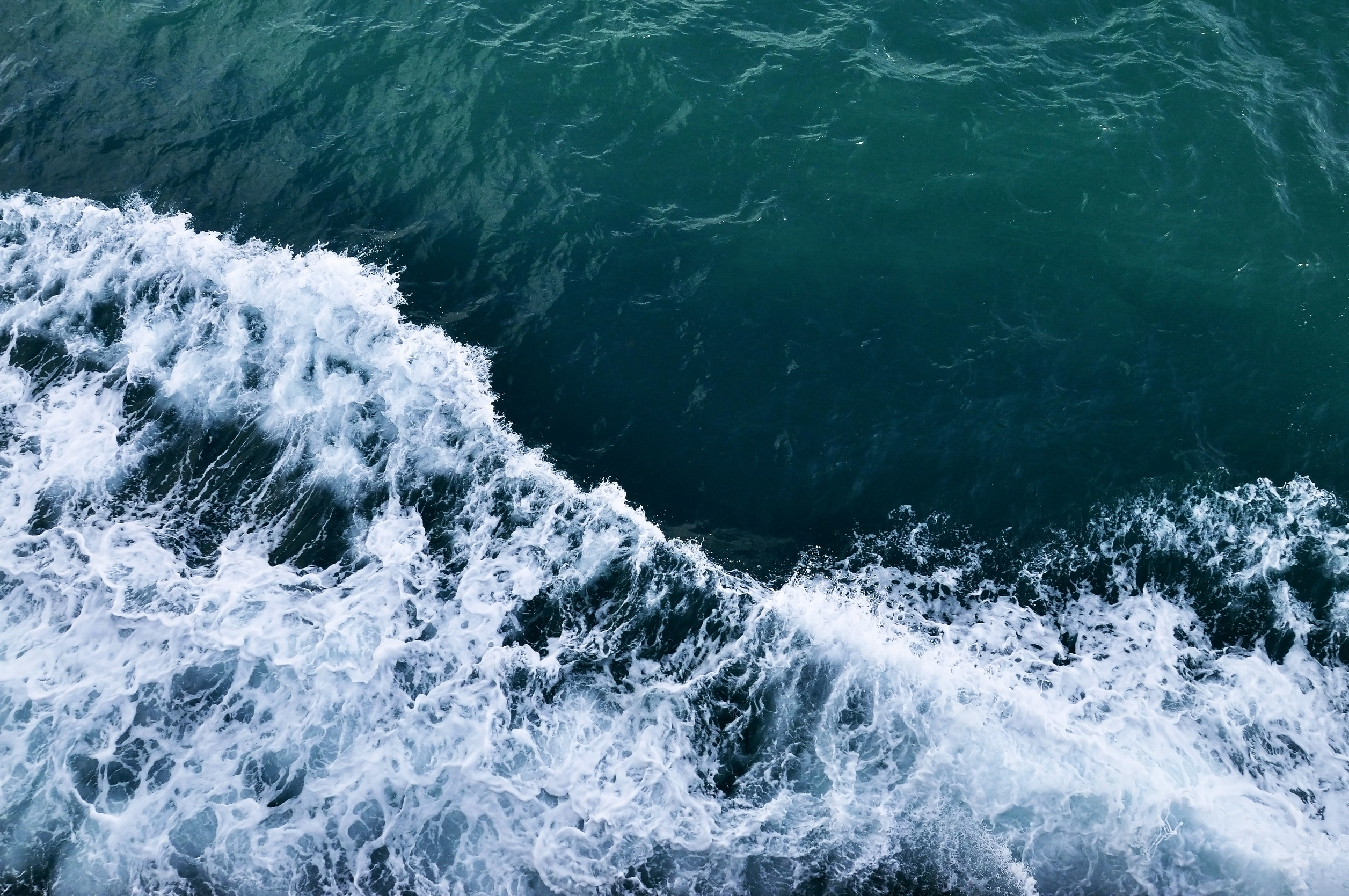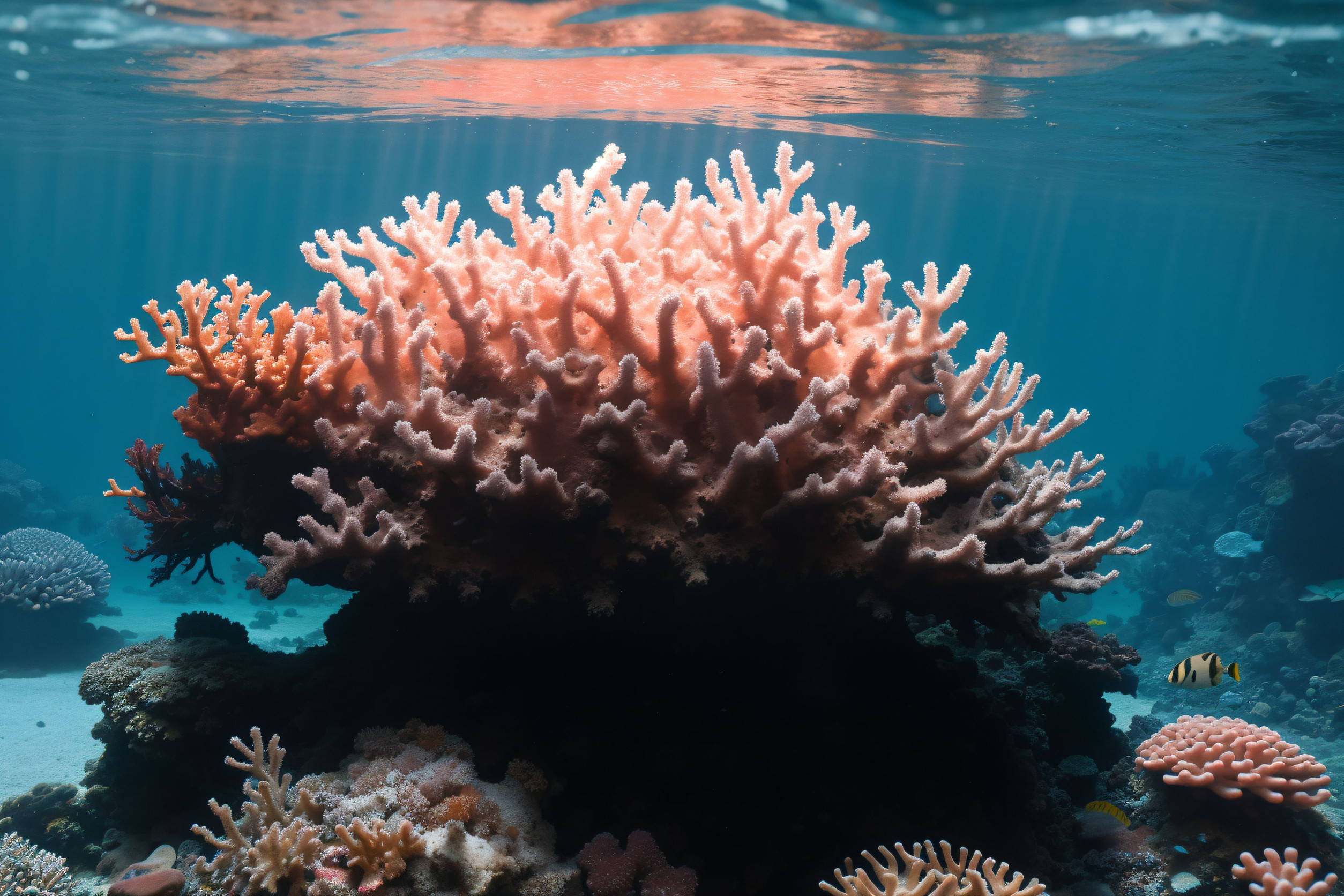Image Credit: kreangagirl/123rf.com
Scientists from the RIKEN Center for Emergent Matter Science and the University of Tokyo have made a significant breakthrough in the fight against plastic pollution. They have developed a new type of plastic that can dissolve in seawater within hours, leaving no harmful trace behind. This innovative material could represent a major advancement in environmental science, addressing the growing concerns over plastic waste in oceans and other ecosystems.
Unlike traditional biodegradable plastics, which take significantly longer to decompose, this new plastic demonstrates an impressive breakdown time. In laboratory tests conducted in Wako city, a small sample of the material completely disappeared after just one hour when stirred in salt water. This rapid degradation is a key feature that distinguishes it from other alternatives currently available.
The newly developed plastic retains the strength associated with petroleum-based materials while offering a non-toxic and non-flammable profile. Notably, it does not release carbon dioxide during the breakdown process. When the plastic dissolves, it reverts to its original components, which can then be safely digested by naturally occurring bacteria. This characteristic effectively prevents the formation of microplastics, which pose serious risks to marine life and can infiltrate the food chain.
In addition to seawater, the plastic can also disintegrate in soil, with a five-centimeter piece breaking down after approximately 200 hours. This versatility suggests a wide range of potential applications beyond marine environments.
The packaging industry has expressed significant interest in this new material, and researchers are currently working on refining coating methods that would enable the plastic to be utilized in a manner similar to traditional plastics while maintaining its fast-dissolving properties. Although commercial plans have not yet been established, the urgency for solutions to plastic pollution is pressing. The United Nations Environment Programme has warned that plastic waste in oceans could triple by 2040, potentially introducing millions of additional metric tons of plastic into marine ecosystems each year.
While this new plastic may not solve the global plastic crisis single-handedly, it represents a promising step toward developing materials that align with environmental sustainability. As researchers continue to explore its potential applications, this innovation may play a crucial role in reducing plastic waste and protecting the planet for future generations.
Check out the original article here: Source link



